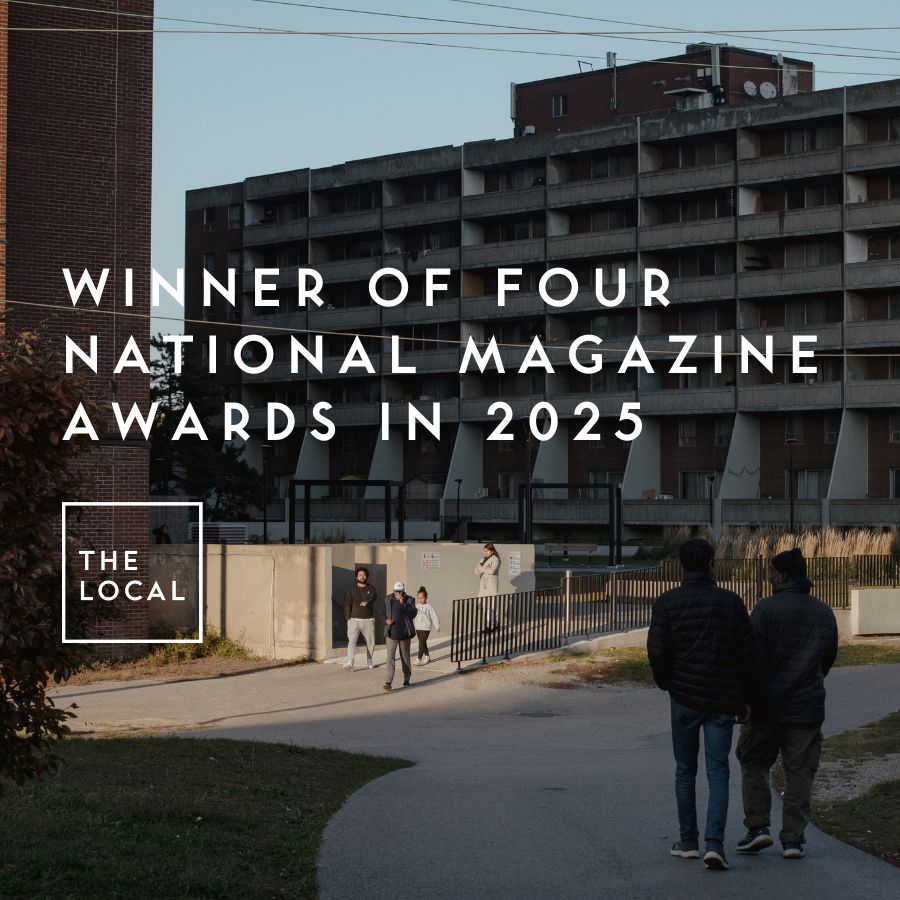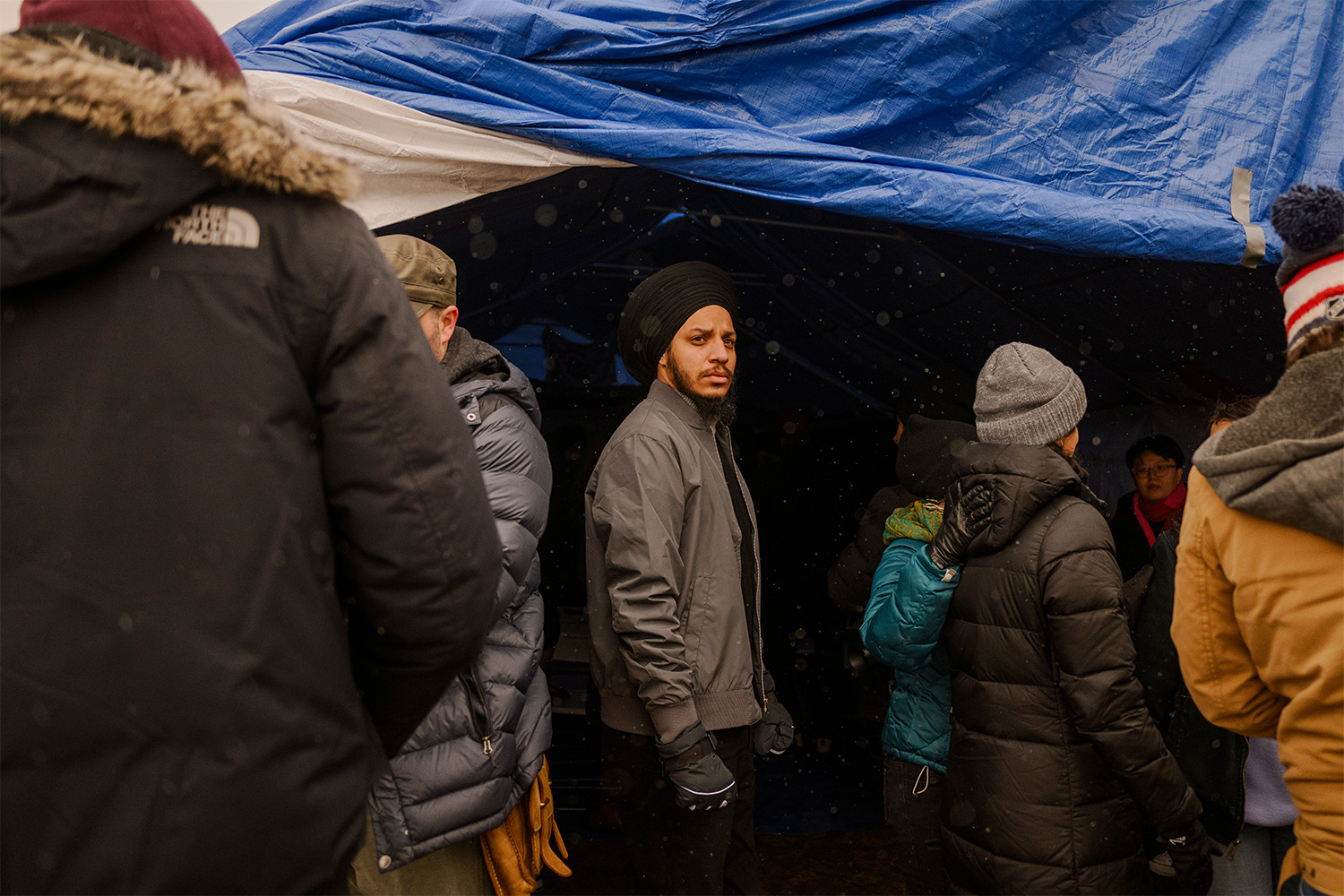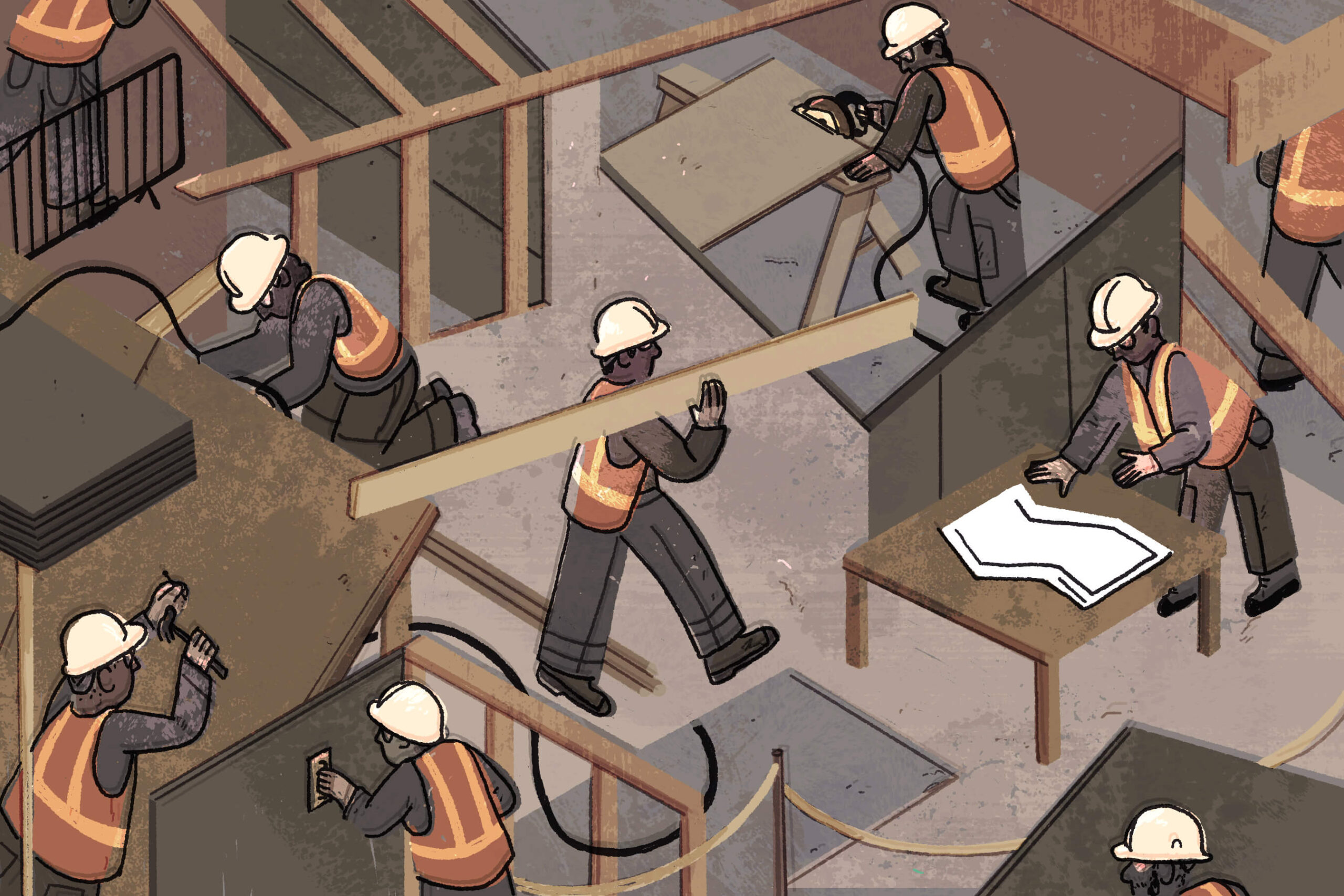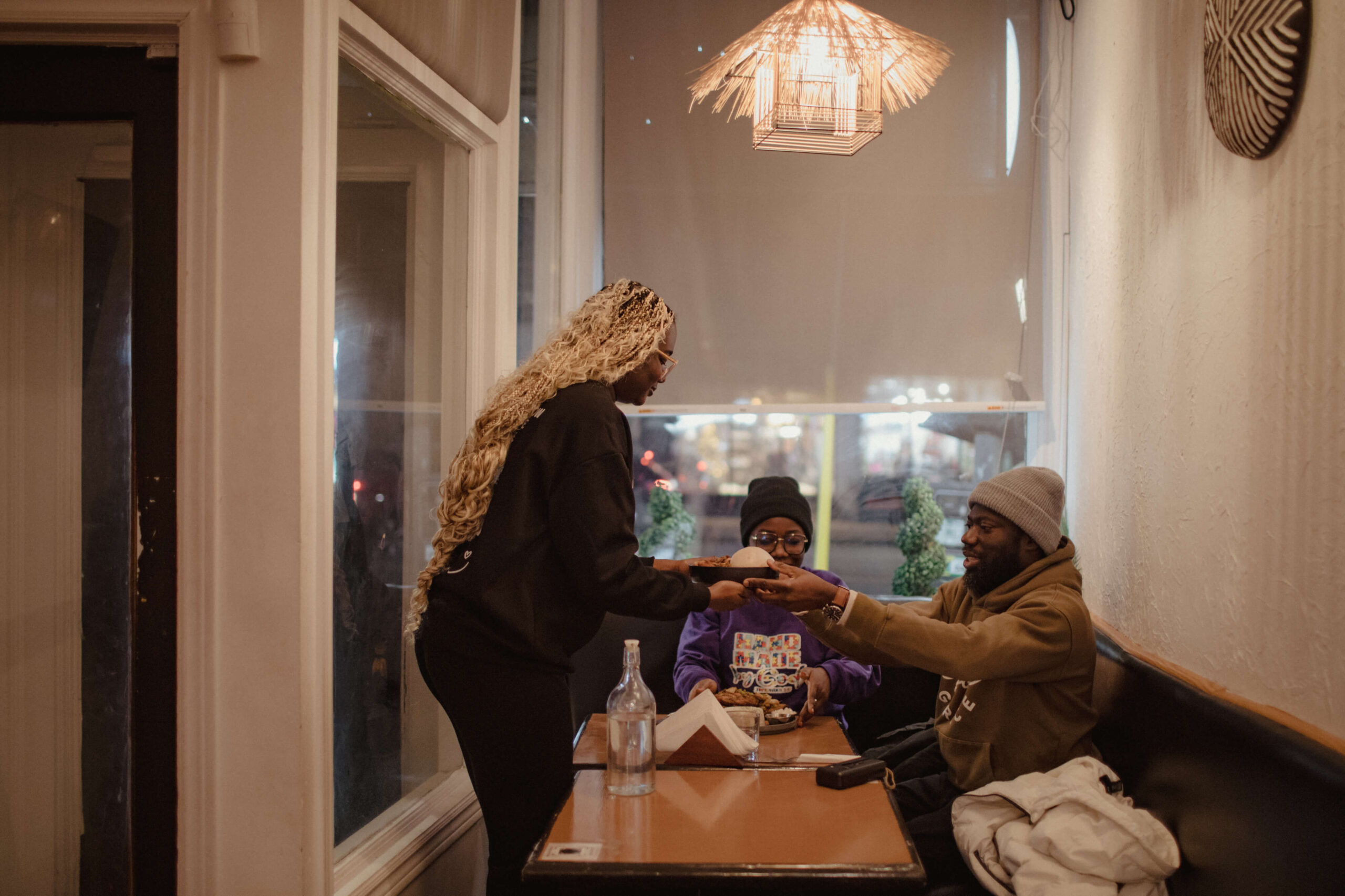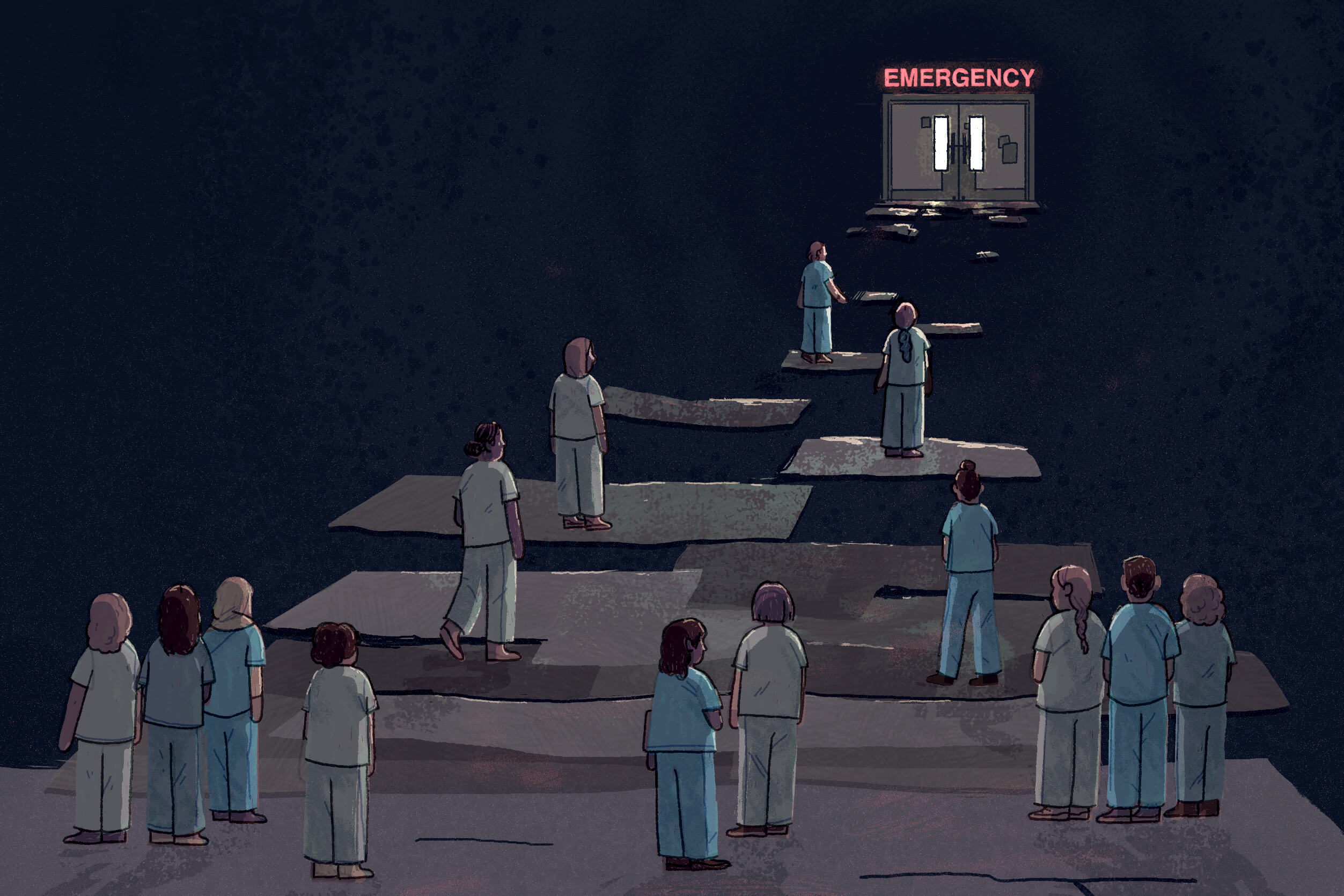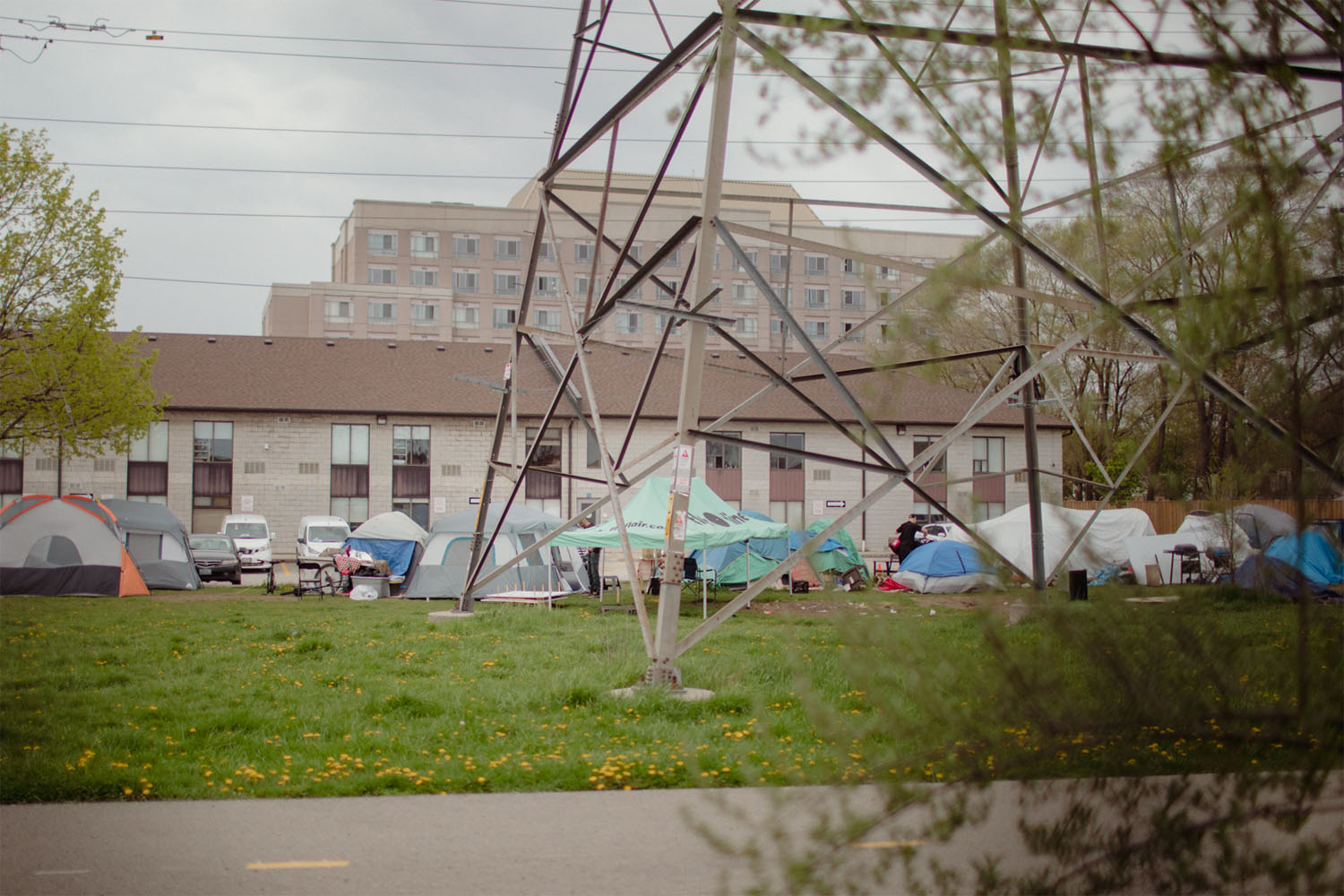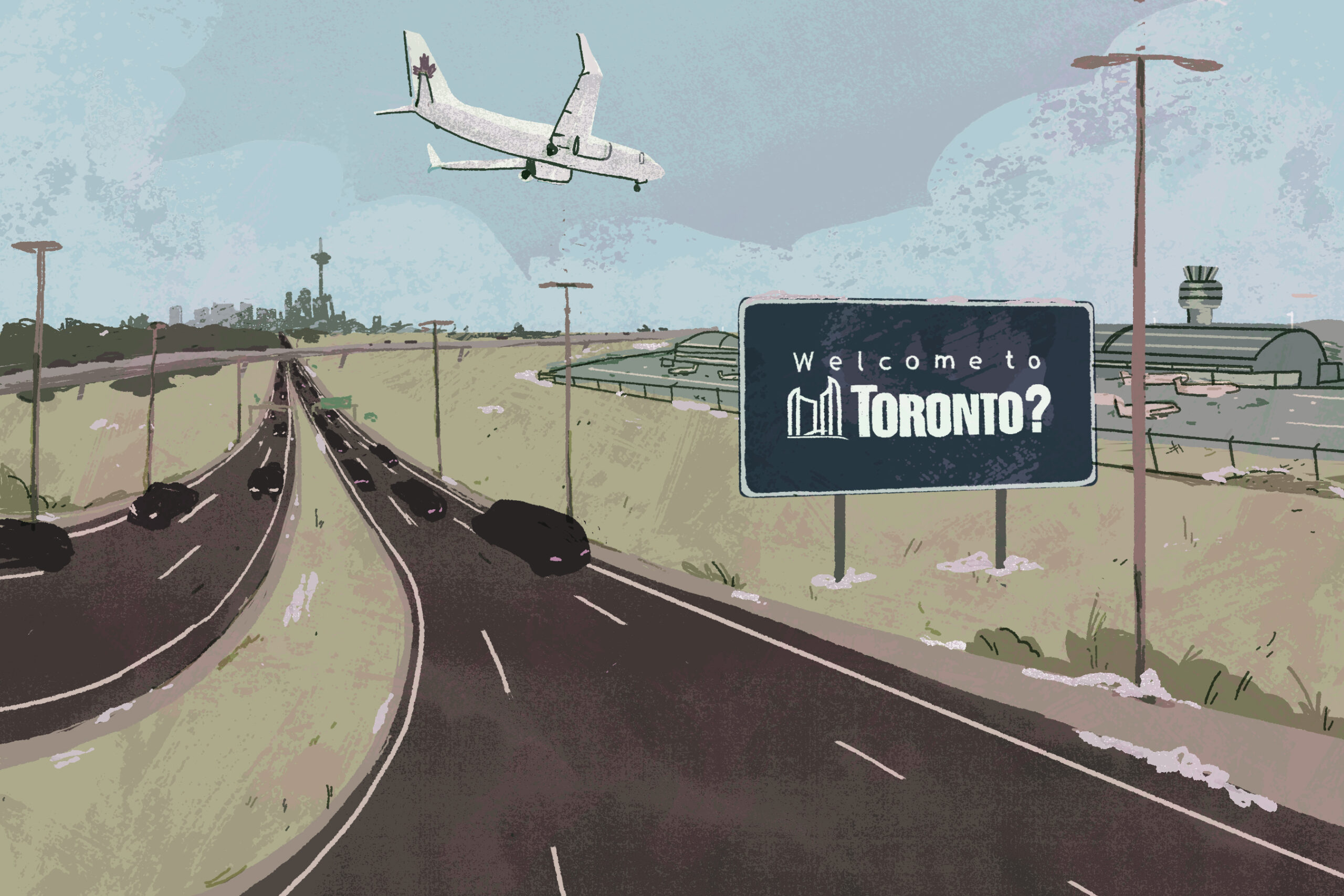
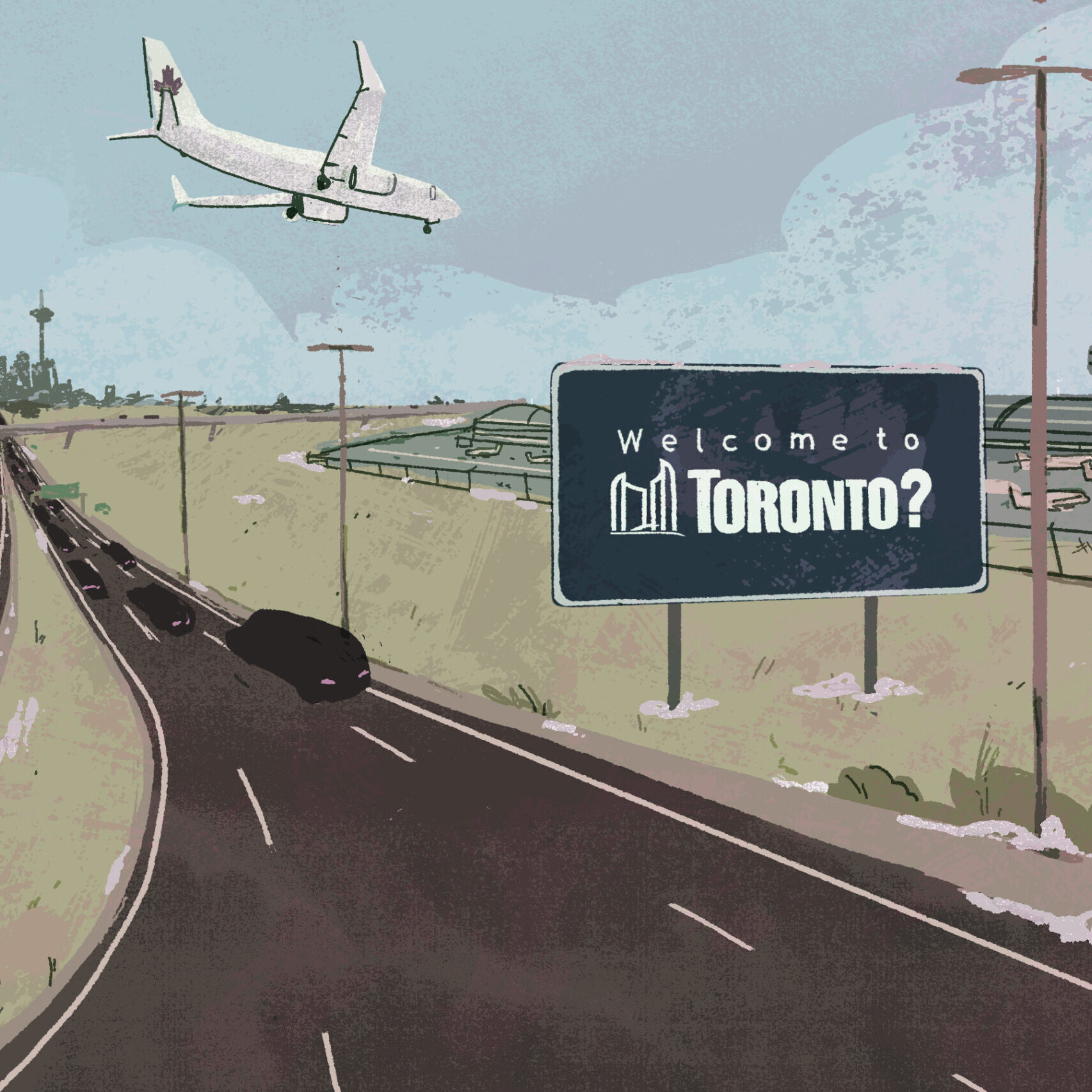
Toronto is a city of immigrants. This is both a mundane demographic fact, with more than half of Toronto’s residents born outside the country, and a key part of the city’s self-conception—a talking point included in any tourism pitch, a slogan we trot out when convenient.
The city as we know it is the result of successive waves of newcomers shaping the place they land: a Little Portugal developing at the edge of a Chinatown, Greeks and Koreans moving in on either end of a subway line, migrants from India and Poland and Ethiopia building communities that become part of the geography of the city.
In 2025, however, we’re at an inflection point. The City of Toronto’s population has surged in recent years, almost entirely due to immigration and temporary migration. In 2023, the city added a whopping 125,000 residents.
Nationwide, in the midst of an affordability crisis, we’ve seen a shift in attitudes toward immigration, coinciding with an anti-immigrant turn in countries like Australia, the United Kingdom, and the United States. A fall poll from Environics found that for the first time in a quarter century of polling, a majority of Canadians believe that there is too much immigration. And while the majority of Canadians still believe immigration is a net positive, there was a marked uptick in negative attitudes toward immigrants themselves, with 57 percent of respondents saying too many immigrants are failing to adopt Canadian values and 35 percent saying immigration increases crime.
Those changing attitudes have been met with changing policy. In October, the Liberal government announced it would slash the number of permanent residents allowed in the country by 20 percent, an announcement that came on top of previous pledges to reduce temporary residents. The government predicts the population of the country will decline over the next two years. That is not a minor adjustment, but a sharp reversal.
Nowhere will these changes be felt more than in Canada’s most populous city. But too much of the discourse has treated curbing immigration numbers like turning down a thermostat—a simple question of figuring out the perfect number that will make those of us inside the house feel warm and comfortable. Turn it up a little to provide more workers for the labour market; crank it down if we’ve neglected to build enough housing. In a place like Toronto, however, where immigration affects every facet of city living, those changes are already being felt in ways that are far less straightforward.
The Local’s “Immigration Issue”—launching this week and continuing throughout January—is our attempt to report out some of the complicated, sometimes contradictory, ways newcomers change life in Toronto, and how this city affects them in turn.
We tackle the housing crisis, which has become the de facto anti-immigration talking point, and dig into how changes in immigration policy could hamstring the construction industry at the very moment we need to be building more homes than ever. As the government vows to reduce numbers while prioritizing immigrants with in-demand skills, we look at a field where, despite a pressing need, many highly-trained newcomers remain unable to work—nursing. We’ll examine the disastrous legacy of the past decade of international student policy, explore what it looks like to try to lay the foundations of a brand new immigrant community in 2025, and investigate how shifting policy has been accompanied by an increase in anti-South Asian racism.
The issue launches with Fatima Syed’s extraordinary feature on a refugee crisis in Peel. Until recently, Peel’s shelter system had been manageable. But on the heels of the pandemic, as the number of asylum claimants in the GTA skyrocketed and people turned away in Toronto made their way out to Mississauga and Brampton, Peel suddenly found itself with problems more familiar to big urban centres, with encampments creeping into parks and the edges of residential neighbourhoods.
Fatima’s piece is centred on the death of Delphina Ngigi, an asylum seeker from Kenya who died after waiting for hours outside a Mississauga shelter last February. Just as we were preparing to publish, we learned that another asylum seeker had died last weekend in Peel’s shelter system. The Region had not released their identity or cause of death as of publication.
The story is at once a compassionate look at how our shelter system fails asylum seekers and a hard-eyed examination of how crises across the globe will continue to find their way to the GTA in the years to come.
In the coming months—with a president to the south taking office with the promise of mass deportations, and a federal election on the horizon—the discourse around immigration is only going to get more heated. Stories like Fatima’s, which focus on concrete issues and local solutions in this “city of immigrants,” are more vital than ever.
The Immigration Issue was made possible through the generous support of the WES Mariam Assefa Fund. All stories were produced independently by The Local.
